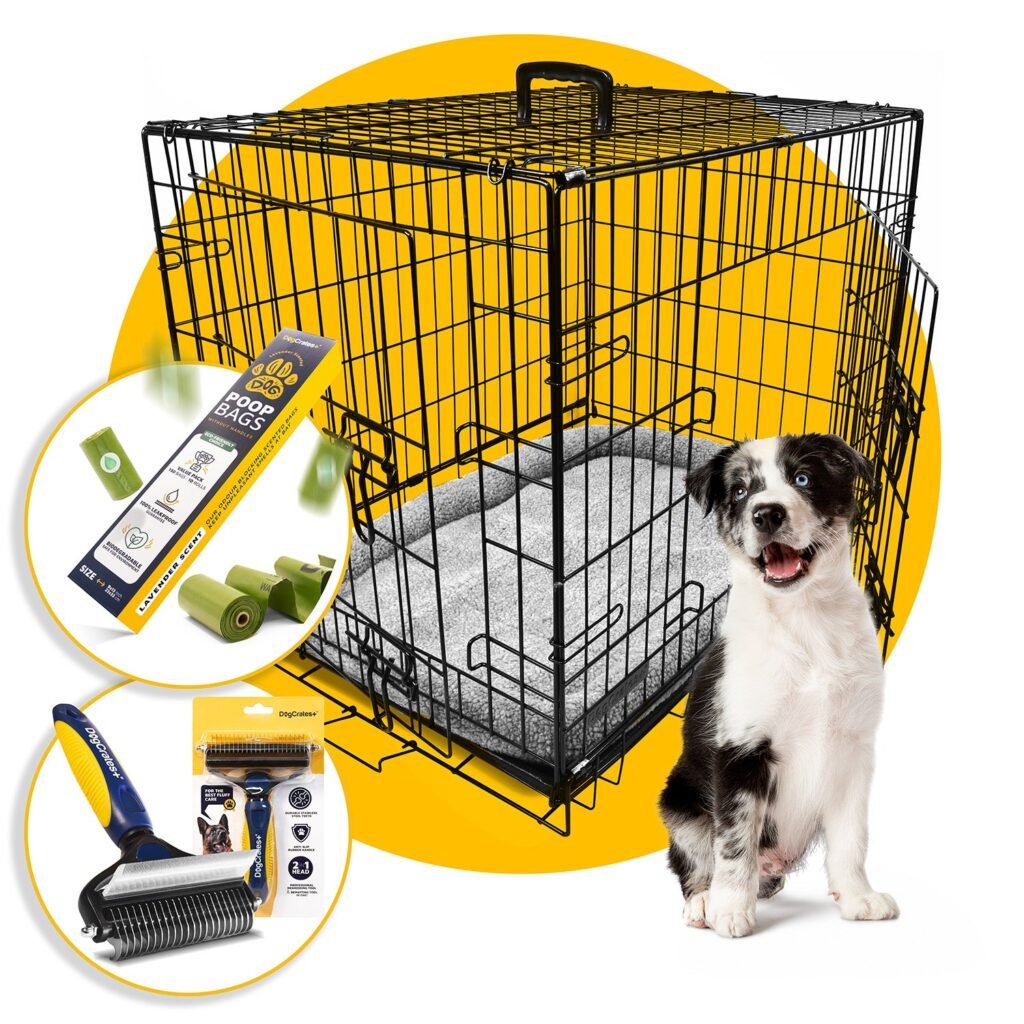Have you ever caught yourself wondering if you’re doing everything right for your beloved pets? Trust me, you’re not alone. It seems like every week there’s a new product or a new philosophy about what’s best for our furry, feathered, or scaly companions. I spend more time than I’d like to admit scrolling through pages of advice, just to make sure I’m not failing my little fuzzball. So, as someone who has always had a soft spot for pets and a penchant for the written word, I thought I’d put together an article about pet care essentials to help all pet parents out there feel a bit more confident. I promise it’s not as intimidating as it sounds.
Understanding Your Pet’s Basic Needs
Before we get into the nitty-gritty, it’s pivotal to understand that every pet, regardless of its species, has basic needs that must be met to ensure a happy and healthy life. Let’s break it down into something that’s less of a lecture and more of a friendly chat.
Nutrition
Think about it; we all need food, and so do our pets. But it’s not just about filling their bowls with any old chow. The key here is understanding what your specific pet species and breed need for optimal health. Cats, for instance, are obligate carnivores, meaning they thrive on meats, while dogs are omnivores and fare better with a bit of variety in their diet.
Here’s a simple way to remember:
| Pet Type | Diet Needs (Simplified) |
|---|---|
| Dogs | Balanced protein, carbohydrates, and fats |
| Cats | High in protein, specifically meat-based |
| Fish | Species-specific diet, primarily proteins |
| Birds | Seeds, fruits, and fortified pellets or mixes |
| Reptiles | Depends on species – carnivorous, herbivorous, or omnivorous |
Exercise
Here’s something we both benefit from: a good workout. Different pets have varying exercise needs. You wouldn’t take a hamster for a jog, just like you wouldn’t plop your golden retriever in a wheel. Think about how your pet would move in the wild and try to replicate that. For dogs, this often means walks and playtime. Birds might need flight time around the house, while hamsters thrive on those endlessly spinning wheels.
Safety
My house is kind of like a little fort for my pets, minus the moat. Ensuring your living space is safe means removing hazards like electrical cords, poisonous plants, or small objects that might be swallowed. For outdoor types like dogs or some adventurous cats, make sure your backyard is escape-proof and free from harmful substances or plants.
Healthcare
Here’s the not-so-fun, but mega-important part: healthcare. Routine vet visits, vaccinations, and parasite control are pivotal. Yes, it might seem like a chore, but keeping up with these can save you a world of trouble down the line. Prevention is better than cure, and this is truer with pet care than with pretty much anything else.
Grooming Your Pet
Grooming sounds like a day at the spa, but it’s really about keeping our pets comfortable and healthy. Some might feel like a daily task, while others are an occasional ritual. Here’s the lowdown:
Dogs
Brushing your dog can be therapeutic—for both of you. Dogs with long hair, like collies, need more frequent brushing than short-haired breeds. Baths shouldn’t be too frequent to avoid stripping natural oils from their skin. As for nails, a good rule of thumb is a trim every month.
Cats
Cats, the meticulous bathers they are, keep themselves pretty clean. But brushing helps with hairballs and trim fur from long-haired breeds. Nail trims can be done every couple of weeks, or whenever you start hearing clicks on the floor.
Small Snaggers (Rabbits, Guinea Pigs)
These fluffy critters can seem low-maintenance, but they also have grooming needs. Brushing helps with shedding, and nails should be trimmed regularly. Also, watch for overgrown teeth—a common problem with small mammals.
Feathered Friends
Birds love baths, usually in the form of a shallow bowl of water or a gentle misting. And, though it sounds counter-intuitive, regular beak and nail trims might be needed if they don’t wear naturally.
Scaly Companions
Reptiles don’t need traditional grooming, but maintaining their habitats is vital for their health. Regular tank cleaning and ensuring proper humidity and temperature cater to their care.

This image is property of images.unsplash.com.
Enrichment Activities for Pets
Let’s face it, no one likes being bored—not us, and definitely not our pets. Enrichment is about mimicking natural behaviors to keep your pet’s brain engaged.
Puzzle Toys
No surprise here—puzzle toys are great for both dogs and cats. They stimulate natural hunting instinct and can help to ward off boredom-induced mischief. Think: kibble-dispensing balls or treat-stuffed chew toys.
Cat Trees and Perches
Cats love being up high and enjoy stretching their claws. If you love your furniture, a cat tree might be your new best friend.
Interactive Play
Playing with your pet strengthens your bond. A laser pointer for cats or a game of fetch with dogs can be a delightful experience for both.
Exploring
Let small mammals, like rabbits or ferrets, have supervised exploration time outside their cages to satisfy their curiosity. Just like letting a toddler loose in a candy store, it’s all about discovery!
Socialization and Training Tips
Here’s one I learned the hard way—socialization is key. Getting your pets used to new people, animals, and environments can make life a whole lot easier. Plus, a bit of basic training goes a long way.
Dogs
Training a dog is less about obedience and more about ensuring they won’t ruin your house. Start with basic commands like “sit” and “stay,” then move to more complex tasks. Early socialization is key; expose them to various people and other dogs in a controlled manner.
Cats
Cats are a bit of wild cards when it comes to training. However, they can learn commands and use scratching posts instead of your couch. Using positive reinforcement and patience will yield the best results.
Small Pets
Believe it or not, rabbits and guinea pigs can be litter trained. Providing consistent access to a litter tray can prevent messes and makes cleaning easier.
Birds and Reptiles
Socializing with birds can be important—introducing them to different environments and people gently and lovingly helps them adjust well. Lizards and snakes might not need traditional socialization, but acclimating them gently to handling can make vet visits and care less stressful.

This image is property of images.unsplash.com.
Creating a Safe Environment
Safety resonates with those chaotic, “suddenly-everything’s-gone-wrong” moments every pet parent experiences. There’s always something left unattended; a frayed cord, a curtain cord dangling too low, or that peanut-butter cookie left on the counter. Creating a pet-proof environment means looking at your home with a fresh set of eyes—or a set of paws.
Poisonous Foods and Plants
Each pet species has its own list of no-go foods. For dogs, chocolate, grapes, and onions are poisonous. Cats should avoid onions and garlic among other things. Referencing a reliable list can prevent accidental harm.
Choking Hazards
This includes small toys, buttons, coins or anything tiny really. Pets love to chew on objects, and what looks small to us is just perfect for them to throw around and loll on.
Secure Fencing
For outdoor-loving pets, ensure fences are high, firm, and without gaps for them to sneak through. If you live in a high-traffic area, consider fencing to prevent any midnight adventures gone wrong.
Understanding Breed-Specific Needs
Whether you have a massive Great Dane or an adorable Pomeranian, understanding your pet’s breed is crucial. It’s like knowing their personality cheat code.
Dog Breeds
Big dogs often need more space and exercise. Working breeds love a job to do, even if it’s as simple as fetching the mail. Tiny breeds might bundle up in sweaters when the weather turns. Know your breed’s health issues and both of you will sleep better at night.
Cat Breeds
Fluffy cats often need more grooming. Energetic breeds like Bengals need more playtime and mental stimulation. Researching your breed can help you provide an environment that caters to their natural behaviors.
Small Mammals & Birds
Some rabbit breeds need more chewing materials to keep teeth in check. Birds, similarly, can have species-specific needs like cage size and social interaction.
Reptiles & Exotic Pets
Many exotic pets have climates and foods that mimic their natural habitat. Research and provide what aligns best with their natural way of living.

This image is property of images.unsplash.com.
Preparing for the Long Haul
Your New Year’s resolution might be a flash-in-the-pan, but your commitment to a pet needs to be for the long haul.
Planning for Life Changes
What if there’s a baby on the way, or you’re moving across the country? Plan ahead for your pet’s needs during big life changes. Consider their comfort and ways you can maintain a stable environment for them no matter what life throws at you.
Financial Planning
Pets might not ask for pocket money, but caring for them isn’t free. Budget for food, vet visits, emergencies, and other necessities to avoid heartache later.
End-of-Life Care
It’s the topic none of us want to touch, but having a plan in place for when that time comes ensures your pet’s comfort. Consider your and your pet’s feelings and prepare to tackle sensitively and supportively head-on.
This lengthy spiel on pet care essentials is by no means exhaustive, but I like to think it’s a decent starting point. Taking the time to understand, plan, and consistently care for your pet might seem like a task, but watching those tails wag or those whiskers twitch in contentment is a reward on a whole new level. So, next time they curl up in your lap or give you a slobbery grin, you’ll know you’re doing something right.





